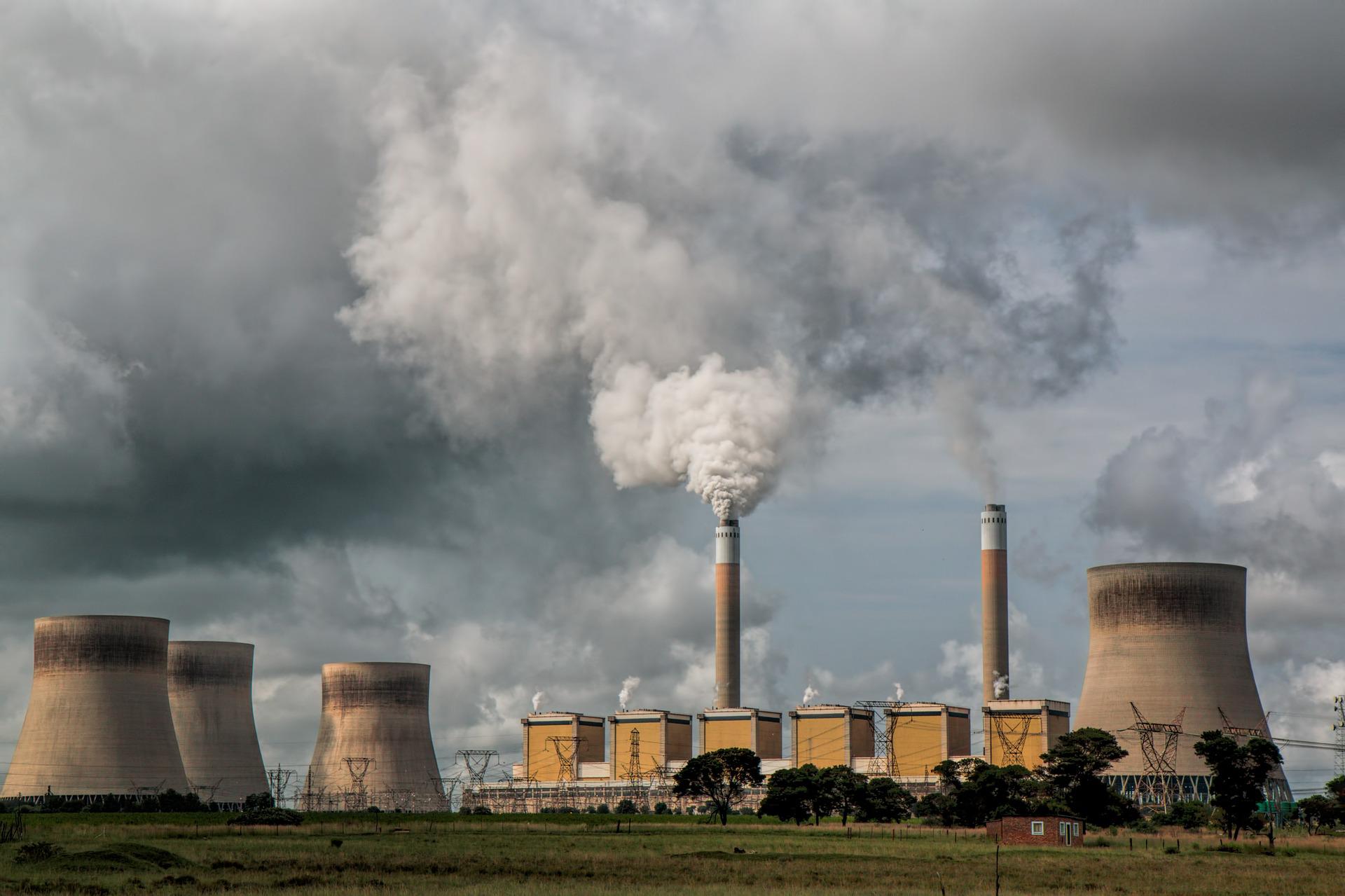#edgeforex #forextrading #forexsignals #forex #trading #india #ukraine #russia #china #coal #sanctions #ban #eu #cryptocurrency #bitcoin coal
- The European Commission proposed a ban on Russian coal last week as part of a new round of sanctions against Russia for its invasion of Ukraine. Last week, the European Commission proposed a ban on Russian coal as part of a new round of sanctions against Russia for its invasion of Ukraine.
- Markets suspect that India and China will increase coal imports from Russia, offsetting some of the impact of a formalised EU ban on Russian coal imports,” Commonwealth Bank of Australia’s Vivek Dhar wrote in a note.
- On the other hand, India’s coal imports from Russia increased to levels not seen in more than two years in March.
- Russian coal imports totaled 1.04 million tonnes, the highest level since January 2020. As much as two-thirds of the volume in March came from Russia’s Far East ports, most likely after the war began in late February.
- The EU’s ban on Russian coal imports comes at a time when the international coal market is already extremely constrained, with correspondingly high prices.”
- Coal prices have risen in the last year due to an increase in coal demand in Asia as countries try to reduce imports of expensive natural gas.”
- According to Rystad Energy, the main benchmark for coal imported into Europe, the API 2, saw May prices jump to $300 per tonne last Tuesday, up from $70 per tonne a year ago.
- India’s coal shortage will most likely benefit from a mega trade agreement signed with Australia on April 2, as the commodity qualifies for tariff reductions.
- Tariffs on more than 85 percent of Australian goods exported to India are set to be eliminated. This, however, will have limitations because Australia will not have enough coal to meet India’s growing demand, according to analysts.
- Russia is the world’s sixth-largest coal producer. According to the United States, 54 percent of the country’s coal exports in 2020 went to Asia, with the remaining 31 percent going to Organization for Economic Cooperation and Development countries in Europe.
- Energy Information Administration. • Prior to the war, India purchased very little coal from Russia, which accounted for only about 2% of India’s total imports in 2021. Despite Western warnings, India continues to rely on its supply chain relationship with Russia for natural resources such as oil and coal.
- A currency swap line is an agreement between two central banks to exchange currencies, which is set up to improve liquidity conditions and provide foreign currency funding to domestic banks during market stress.
- Even with Western sanctions restricting international payment mechanisms, such a mechanism would allow India to purchase Russian energy exports and other goods.
- Several Russian banks have already been kicked out of SWIFT, a global system that connects over 11,000 member banks in over 200 countries and territories.
- According to Kapadia, the US may consider sanctions and other measures against India if it does not reduce its purchases of Russian oil and coal.
- In recent weeks, top US officials have reportedly warned New Delhi against a sharp increase in oil imports. According to reports, Washington has warned India that if it aligns itself with Moscow, it will face significant consequences.
- Since the start of the war, India has been snatching up cheaper Russian oil as its purchases have increased significantly.
- According to CBA’s Dhar, India’s reliance on imported coking coal has risen to around 85 percent.
- A massive trade agreement signed with Australia earlier this month may provide some relief, but even that may be limited.
- Because supply growth will be limited, Australia will be unable to supply India with the additional coking coal tonnes it requires for its expanding steel production fleet.
- Late last year, India experienced a coal shortage as its power demand skyrocketed.
- According to Dhar, the only way is for Australia’s coking coal exports to shift away from other countries so that India can claim a larger share — but that’s unlikely given that countries are now considering moving away from Russian coal.
- Given that South Korea, Japan, and Europe are looking to diversify away from Russia (which accounts for 10% of global coking coal exports), it’s even more difficult to argue that demand for Australian coking coal will weaken from a major buyer in the near future.

